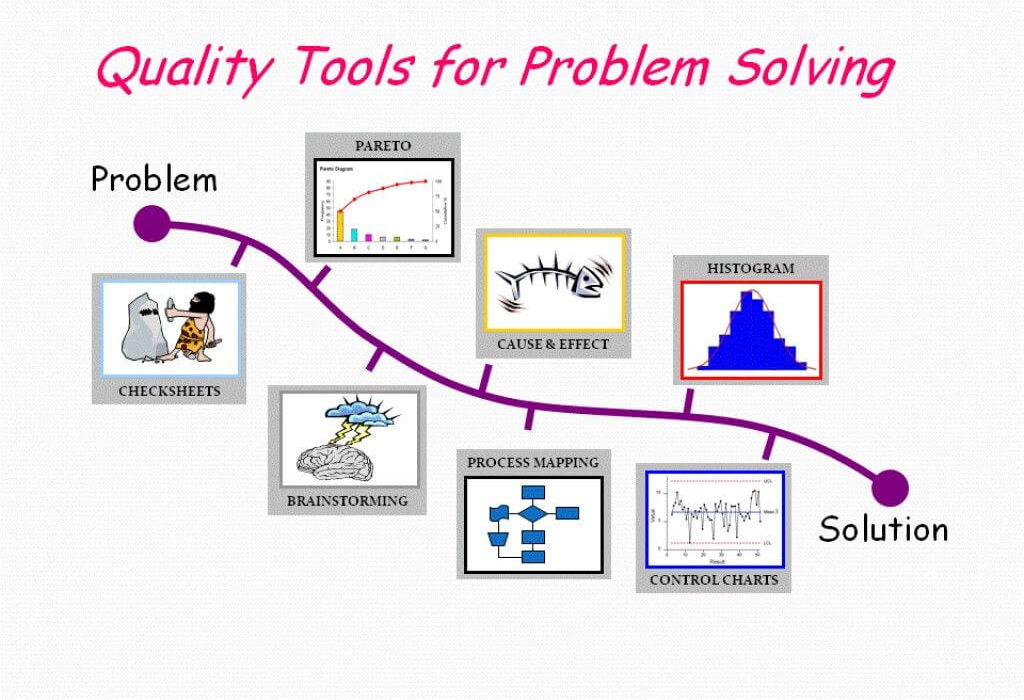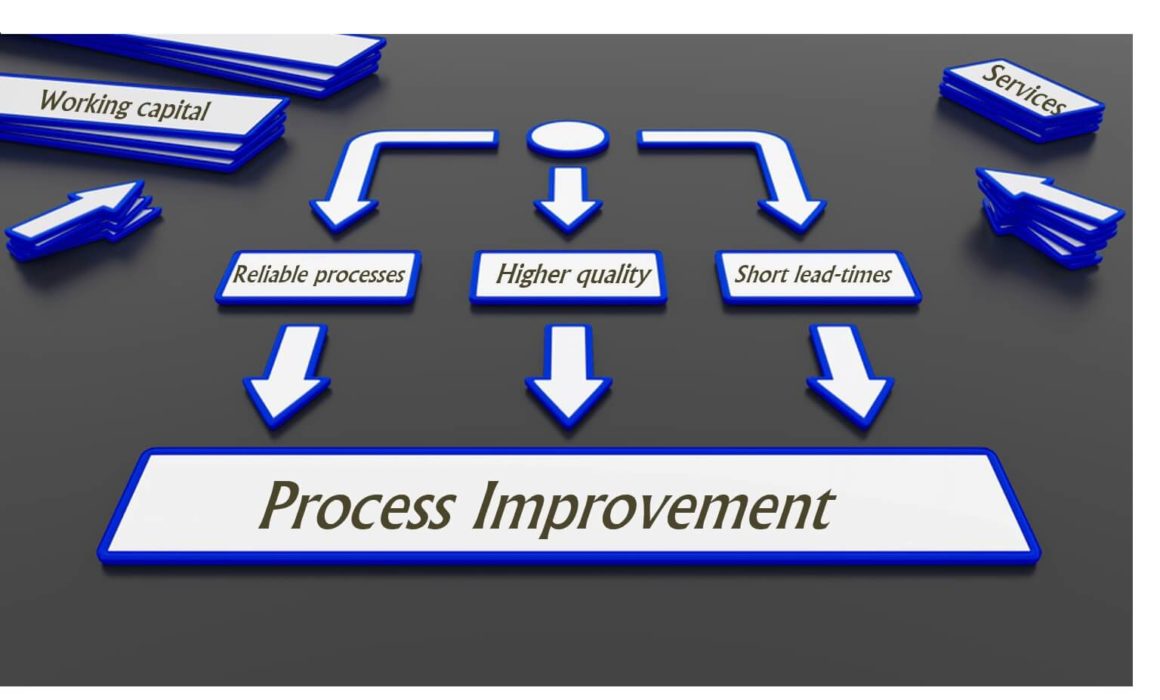The main goal of Lean Six Sigma is to make a business process easier — and it’s not in the same context as you think. If you’re thinking about literally making it “easier,” then you’re wrong. What Lean Six Sigma wants is for the customers to have the best customer experience while they work with you. As a matter of fact, everything goes behind it — the ultimate endpoint of Lean Six Sigma should always be towards the experience and the benefit of the client or the customer.
Here at Maximum Potential, everything you need that revolves around Lean Six Sigma, we’re sure that we’ll be able to give you. Our company has provided exemplary services and assistance to all our clients, both locally and internationally. Whether they needed regular Lean Six Sigma Training and Certification, or the expert Lean Six Sigma Consulting that we offer, we were able to give them.
The Define Phase of Lean Six Sigma
In Lean Six Sigma, knowing what you need and what you want to get is part, if not the most important phase of the improvement process. Two (2) of the most used methodologies and frameworks of LSS is the DMAIC and the DMADV — both of which start with “D” for Define.
From its word alone, define is the phase or the part of the Lean Six Sigma process in which the company needs to determine or “define” what their goals are, as well as what their problems are. Through this definition, how would you describe the Lean Six Sigma Define Phase? Would you see it as something that’s irrelevant that can be skipped? Or is it so necessary that everything would depend on it?
The objective of the Define Phase of Lean Six Sigma
Going with the latter is actually the correct definition of the Define Phase of Lean Six Sigma. The main goal of Define is to summarize and to simplify the improvement or the development of a plan. In fact, the main focus of this would be on the following:
- The specification and the distinction of the problems
- What goals are involved
- Why Lean Six Sigma is needed
- Scope of the project
There would be a lot of suggestions in the Define Phase; there could be intervention from the customers, the business, and in some cases — the intervention and the voicing out of employees. Through these inputs and capabilities, the improvement process would be easier.
Best Way to Describe the Define Phase
For you, what is the Define Phase? What would be the best way to describe it? In the simplest terms, the Define Phase would be the catering of the ideas as well as the things that could contribute to the success of the idea. At Maximum Potential, we’ll help you with the Define Phase as comprehensive as you want it. In fact, we impress our clients even at the start of it through the creation of a blueprint depending on what their requests are.
The reason why we’re deemed as the best and the most efficient Lean Six Sigma Consulting and Training Company is that we are able to provide the following information and elements in the charters that we create:
- The Problem Statement
- Business Case
- Scope of the Project
- Statement of Goals
- Time Plan and Timeframe
- Team and Responsibilities
- Benefits of the Project
Without Define, You Can’t MEASURE
Define is the first action of both DMADV and DMAIC because, without it, a company or a business would not be able to measure the variable needed to be modified and changed. Without the Define process, there wouldn’t be something to measure, there wouldn’t be something to improve and analyze — and there wouldn’t be something to control.
Through the identification or the defining of the problem, as well as the goals, a business would be able to seek a resolution for the problems currently existing under their wing. And with our help here at Maximum Potential, we would impart the best knowledge and best practices that we can so that we can help you produce the highest-caliber and quality of the process you’re looking at. One good way to try to “define the Define Phase of Lean Six Sigma” is that it gives direction to the business improvement or development process. It’s the first step of business process improvement and development and it’s something that would shed light on the path of it.
Maximum Potential’s Strength
The strength that we offer is never in the quantity of the work we have, but the quality of all our products and services. Being the best and the most successful Lean Six Sigma Training and Certification company in the industry, you’ll never feel a shortage of skill — you’ll always find us as the Lean Six Sigma Training and Consulting company that you can always feel confident working with.
Contact us now through any of our channels!











